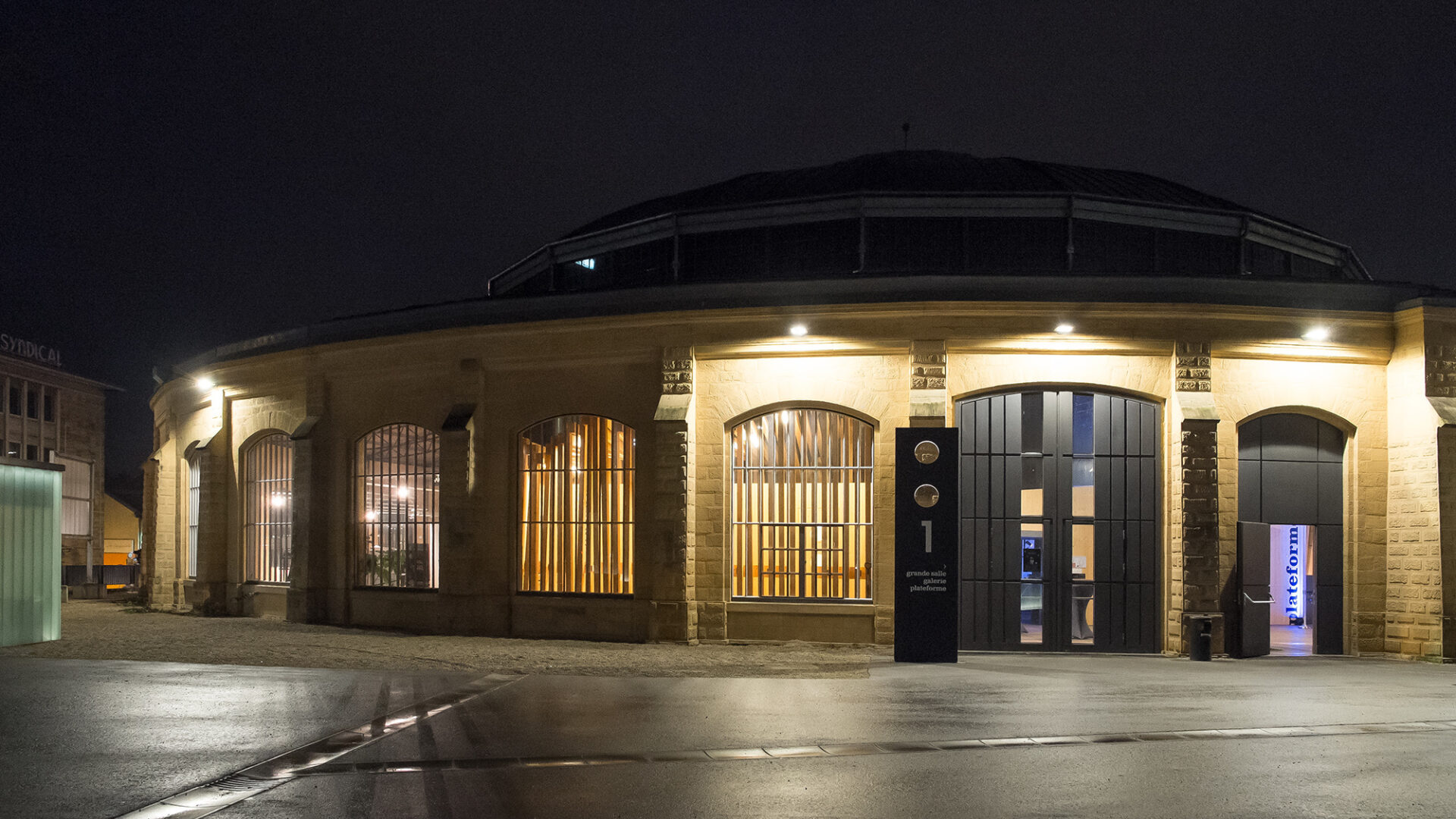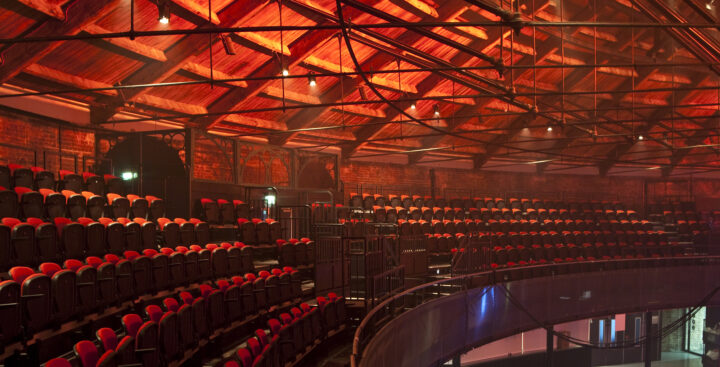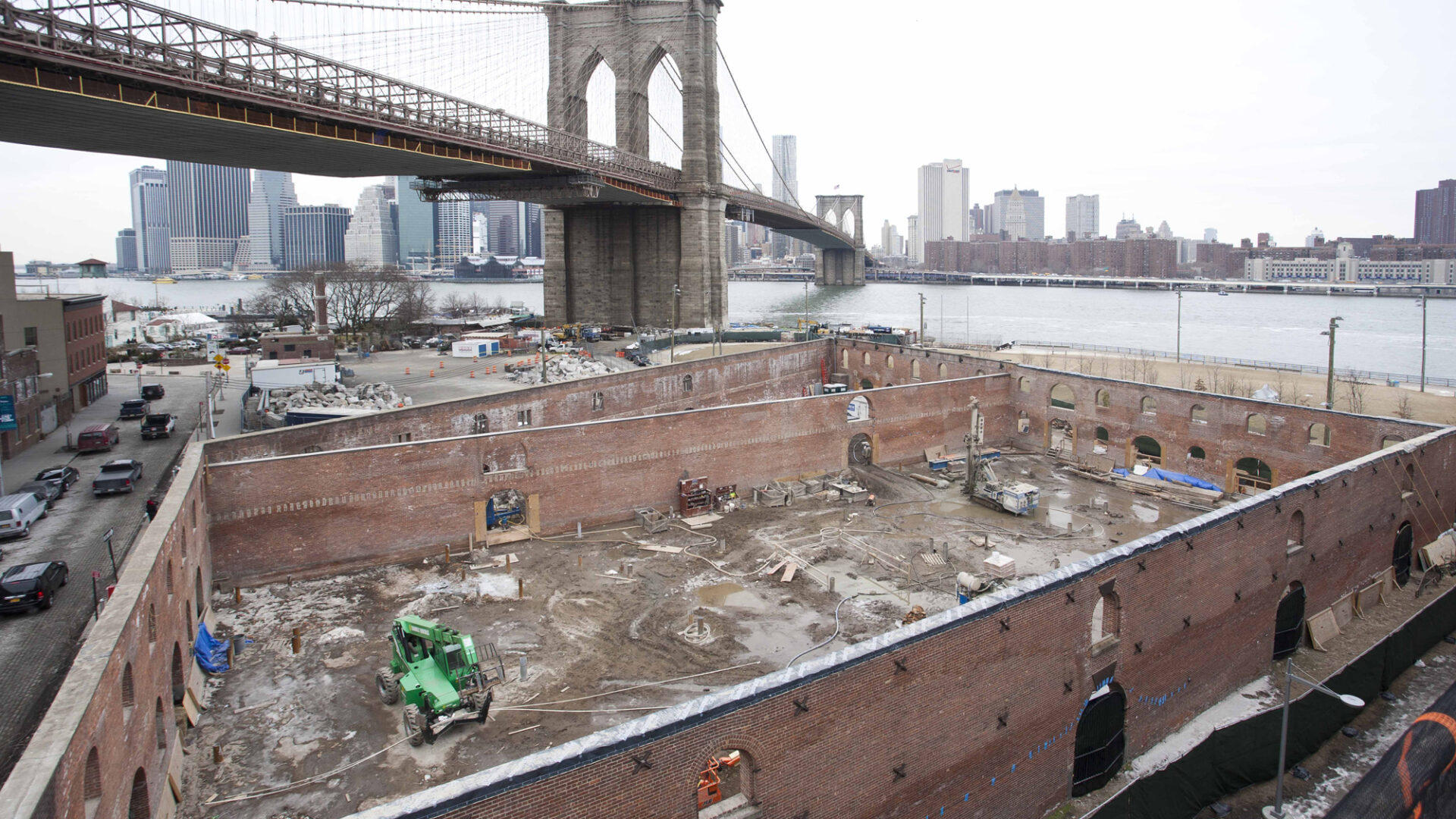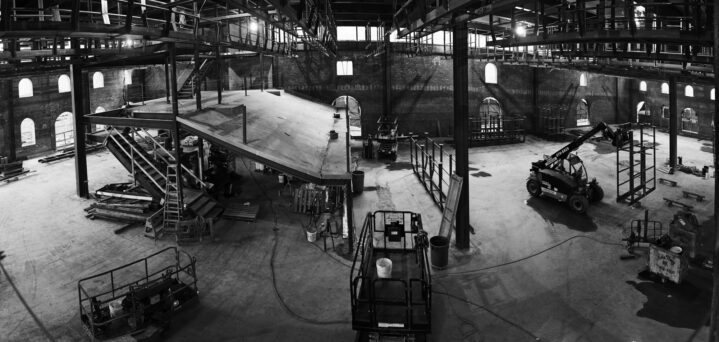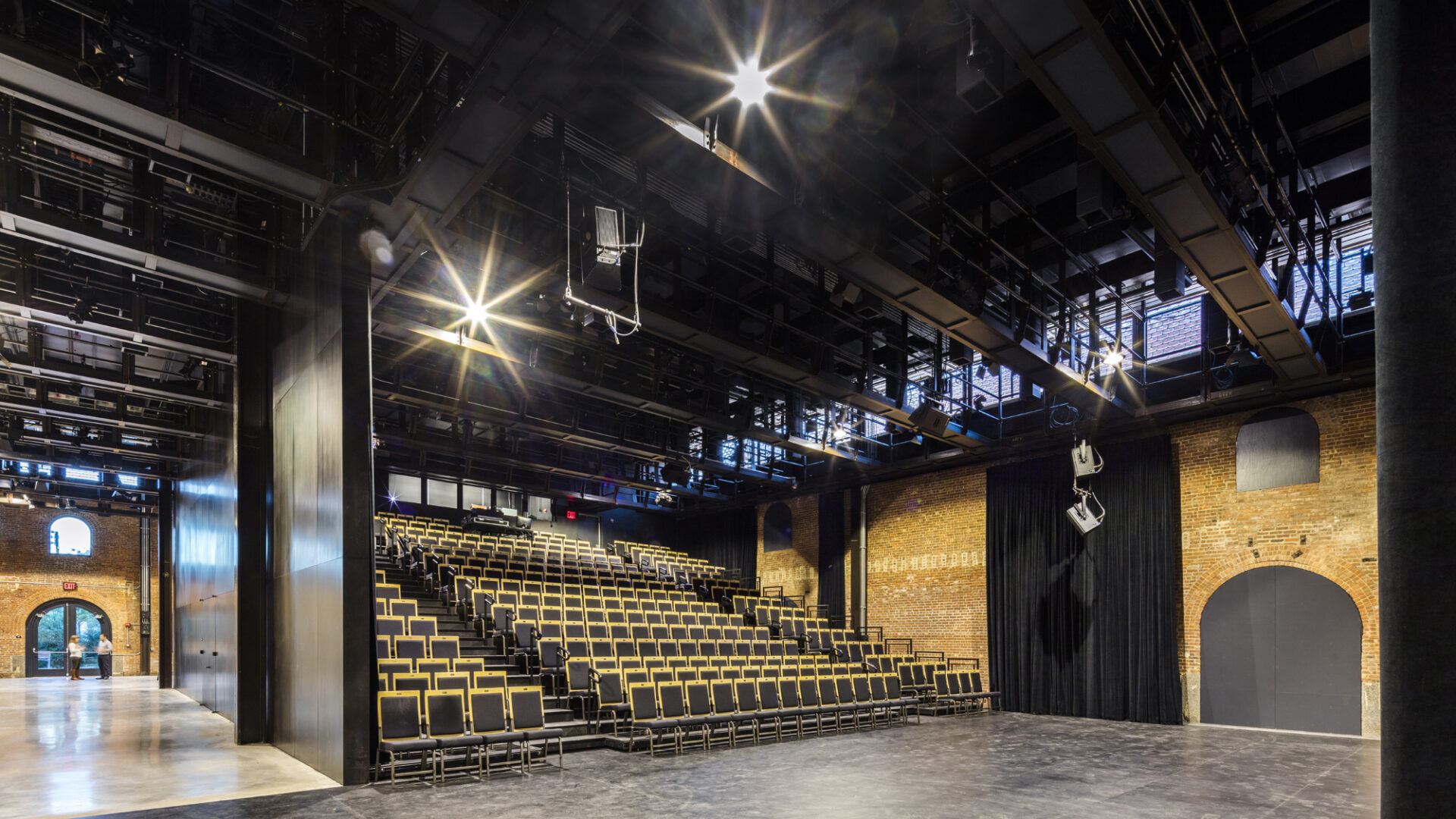Key theatre design trends: Theatres in found spaces
01/08/18
In the latest in our series exploring key theatre trends, we’re looking at theatres in found spaces and the flexibility, character and immersive quality these spaces can offer. Here Managing Partner Andy Hayles discusses the advantages and challenges associated with found spaces. Read the full interview with Andy over on cladglobal.com.
“I don’t know if this trend ever went away, but it’s certainly becoming increasingly popular for young theatre-makers to put on shows rough and ready, wherever they can. Any building can be a theatre – from an old warehouse to a multi-storey car park,” says Andy.
“As a theatre building designer working on a found space, the challenge is to listen to the building and let it talk to you. If you fight it, you can end up spending a lot of money to little effect. Why expend loads of effort trying to make the small rooms of a telephone exchange sound like a concert hall? Try a voluminous cave instead!”
“The advantage of found spaces is they can become the centre of really immersive theatrical experiences. You control the whole environment, not just the scenery as you might in a more conventional space.”
“St Ann’s Warehouse was a ruin without a roof, only used for the occasional market. Then the St Ann’s theatre company were moved out of their home across the street, and they took the warehouse over.”
“It once had five storeys, but after the roof and top three floors fell in, it became this big empty space. We followed the rhythm of the old building, looking at what had been there before to add a few new columns. To let natural light in, we popped the new roof above the level of the existing brick wall.”
“The opening show was Phyllida Lloyd’s version of Shakespeare’s Tempest – presented as a show put on by the inmates in a women’s prison. They built an exercise yard complete with wire fence, and blue plastic bucket seating. The actors marched in through the lobby in orange jumpsuits and wardens came into the bar, blowing whistles and shouting at us to take our seats. It was so immersive, and all supported in this space that the theatre didn’t have to build.”
Read the full interview with Andy on CLADGlobal.

The Luminato Festival at the Hearn Power Plant was an innovative repurposing of a former industrial space. Photo: Jonathan Castellino
Case study: The Luminato Festival at the Hearn Power Plant
Teaming up with Canada’s acclaimed Luminato Festival and PARTISANS Architects, we transformed the decommissioned Hearn Power Plant into the world’s largest temporary multi-arts centre. We proposed a radical framework for the building, which would enable audiences to move throughout the four key performance spaces. We worked with Luminato’s artistic staff and the National Theatre of Scotland to devise an acoustic scheme which would support of the huge variety of programming, ranging from spoken word to thumping amplified music.
Related


